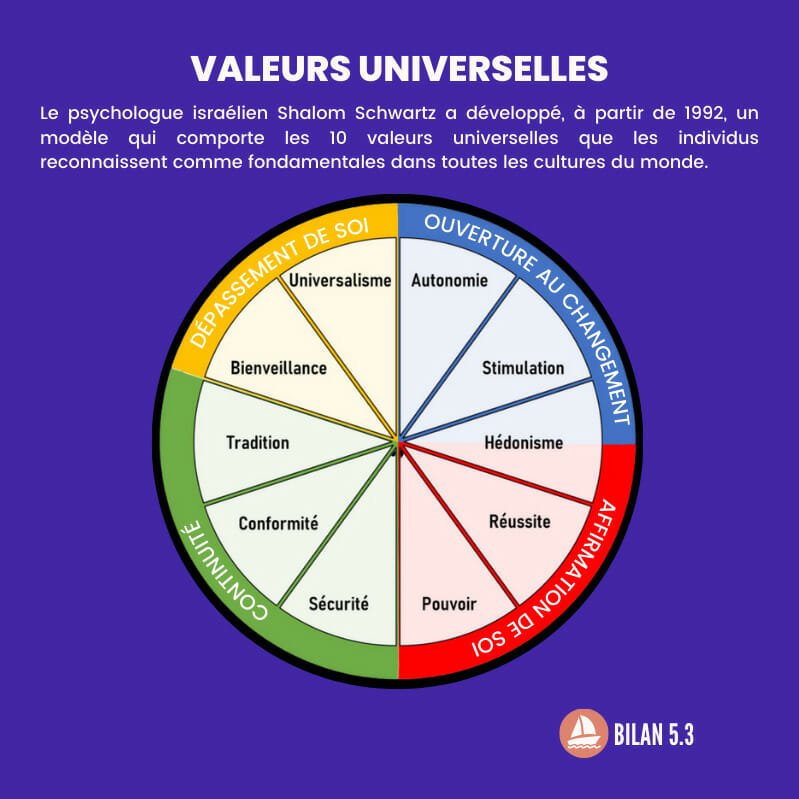Several symptoms make it possible to detect an attention deficit disorder with or without hyperactivity (ADHD) in adults.

- Stress, lack of sleep, malnutrition and poor diet can trigger ADHD.
- According to a 2019 study, ADHD diagnoses in adults are increasing four times faster than diagnoses in children (Source: Jama).
Attention Deficit Hyperactivity Disorder (ADHD) is not unique to children. In fact, it concerns 2.5% of adults worldwide and diagnosing it isn’t always straightforward, as behavioral health specialist Michael Manos explains in Health Essentials.
ADHD is a real handicap
Doctors look at 18 different symptoms of ADHD in adults – nine symptoms of inattention and nine symptoms of hyperactivity. Symptoms of inattention include lack of attention to detail, difficulty staying focused on an activity, difficulty listening, lack of follow through (such as not completing concrete tasks to completion) ).
Dr. Michael Manos also lists disorganization, procrastination (which consists of postponing certain obligations) and the fact of often losing objects, being easily distracted and forgetting too often.
Of course, forgetting a birthday, being reluctant to do something or being often late is human and having one of these symptoms does not necessarily mean that you have ADHD. But if these character traits disrupt relationships and lead to other issues such as anxiety or burnout, they may actually be symptoms of that disorder, says Michael Manos: “You don’t have a disorder if you don’t have a dysfunction“, summarizes the doctor.
The diagnosis of ADHD in children is more specific
In adults, ADHD is manifested by certain behaviors such as being on the move (not being able to stop scribbling during a meeting, for example), often getting up from your seat, being chronically agitated when the time comes for example. ‘go to sleep.
Having difficulty engaging in quiet activities, being always on the move (filling your day with activities, for example), talking excessively, finishing other people’s sentences, having real difficulty waiting in lines or still disturbing others by having impulsive reactions… are all symptoms.
For a child to be diagnosed with ADHD, they must exhibit six of the above symptoms in at least two different settings or environments (eg home and school). For adults, it is sufficient if they exhibit at least five of the listed symptoms in any environment.
















